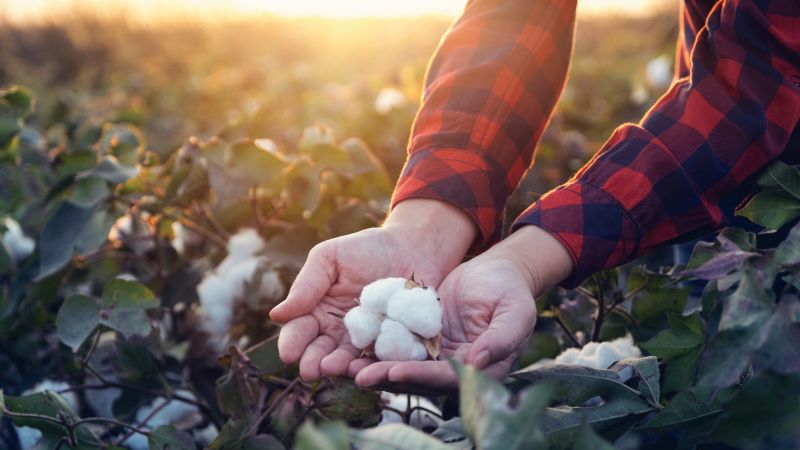Shining a Light on the States
When the Cotton International team sits down to plan its editorial coverage of a country or region, the goal is to “lift the curtain” on that part of the world and give our readers a comprehensive view of what makes it unique. In this issue, we profile the United States and take a closer look at many aspects of the cotton and textile industries that many won’t be familiar with (coverage begins on page 12).
For example, no report on the U.S. cotton industry would be complete without extensive coverage of the associations that drive it: The National Cotton Council of America (NCC) and its export promotion arm Cotton Council International, Cotton Incorporated and the American Cotton Shippers Association (ACSA). There is something unique about each of them:
• NCC is the only association that covers seven sectors of the cotton trade: growers, ginners, warehousers, merchants, cottonseed processors/dealers, cooperatives and textile manufacturers.
• CCI showcases U.S. cotton in front of representatives from all segments of the cotton industry at trade shows around the world.
• Cotton Incorporated projects unrivaled demand creation to all corners of the globe and works tirelessly to help cotton keep (or improve) its market share.
• The American Cotton Shippers Association, which encourages production, helps educate producers and mills about how to be profitable and helps maintain an environment of fair trade.
The U.S. Report also features a profile of one of the vertically integrated Plains Cotton Cooperative Association, and a market overview for Pima cotton, the U.S. entry in the extra-long staple market.
Finally, readers will get to know O.A. Cleveland, an agricultural economist who has made headlines with his seemingly outlandish predictions on just how high prices might go. Many scoffed last year when Cleveland first predicted that cotton would exceed $1.25 per pound. Suffice to say people listen much more carefully today when he talks about where the market might go.
It’s no accident that the other primary topic of coverage in this issue is cotton genetics (see pages 32-39). Many of the leading cotton research initiatives are started in the United States, which is also home to some of the world’s largest genetically modified seed producers, such as Monsanto and Bayer CropScience.
In addition, no country faces a greater threat from glyphosate resistance than the United States, although other early adopters of biotechnology are managing resistance in their fields as well.
The Whole World of Cotton While our readers get an education on the U.S. industry, I will be taking a crash course on the entire cotton universe at the International Cotton Association’s annual Complete Cotton training program. For 10 days, I will learn about the key areas of the trade from a cadre of cotton professionals from around the world.
It’s an incredible opportunity to learn about all facets of the cotton industry from the top minds in every sector, covering everything from production to ginning, shipping to trading, and everything in between. It would take many years of hard work in this storied industry to gain the depth of knowledge and insight that I and my 40 fellow classmates are privileged to be exposed to in one massive, 10-day, educational tour-de-force.
Many of the people in the class have years of hands-on experience in the cotton trade, but are wise enough to know that acquiring knowledge is a journey, not a destination. The cotton industry will never stop growing and evolving. So we can’t afford to stop either.








